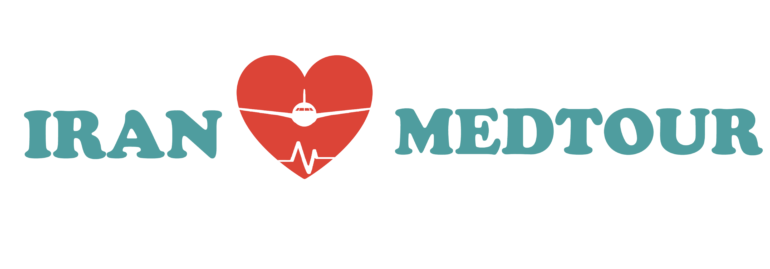The cost of Angioplasty is estimated as a package that includes hospital stay, lab tests, anesthesia, surgery fees, and doctors’ fees, ride to & from the hospital, ride to & from the recovery center, medicines, etc.
With regard to all of these, in the United States, the average cost of angioplasty is approximately $28-30,000. Even between individual states, however, this can vary from as low as$15,000 to anywhere in the region of $20,000 in Europe. In Low-Cost countries such as India, Mexico, and Costa Rica the average cost is from the US $ 8500 to $ 12000.
It may surprise you, but like any other surgery in Iran, the cost of Angiography even in most modern hospitals like Khatamolanbia or Kasra in Tehran is less than 3000 $. The reason for performing surgery at such a low cost in Iran is not due to using old technology. Of course, all medical treatments in Iran, use the most advanced technology by the most expert specialists, and the high success rate of all surgeries like Angioplasty is good evidence to confirm it.
 English
English
 English
English
 English
English






